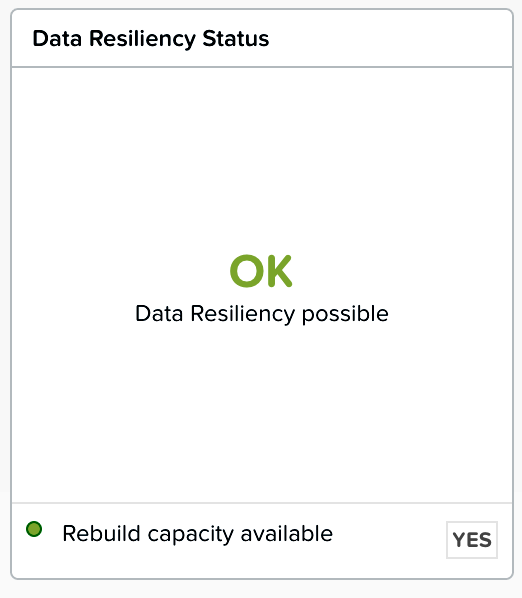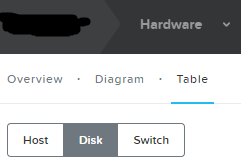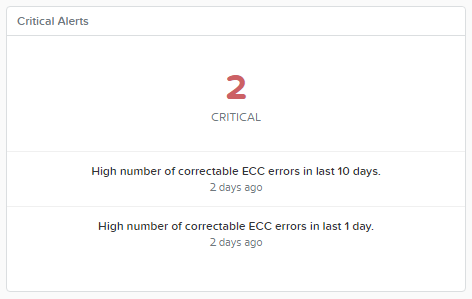Nutanix .NEXT is coming up soon on November 27-29 in London. I was lucky enough to make it to .NEXT in New Orleans this year and it was a great experience. It was great meeting up with Paul Woodward and Ken Nalbone. Maybe one of these years I will also be able to attend the one in Europe.
The sessions at .NEXT are top notch and can cover a wide variety of subject, and there is something there for everyone. If you are planning on getting your NPX anytime soon. there usually is a NPX boot camp the week before the conference. It does mean a lot of time away from home, but is well worth it. The number one reason to attend any conference is for the networking with your peers. Over the years I have met many great people that has helped grow my career and create new friendships. So if you get a chance do what you can to attend. You will not regret it.
















 Once you have that downloaded everything login to Prism Central. Next click the gear icon and then click upload the Prism Central Binary. Now point it to the AOS 5.0 download and the metadate file. Click upgrade and soon you will be running Prism Central 5.0.
Once you have that downloaded everything login to Prism Central. Next click the gear icon and then click upload the Prism Central Binary. Now point it to the AOS 5.0 download and the metadate file. Click upgrade and soon you will be running Prism Central 5.0. 
Recent Comments